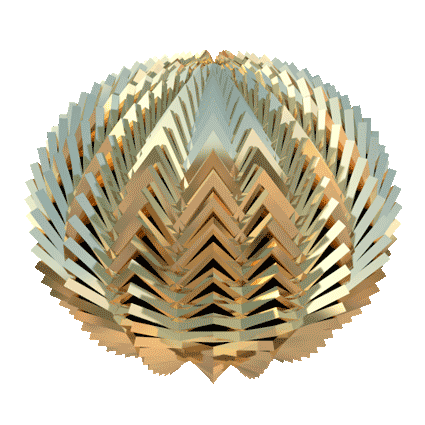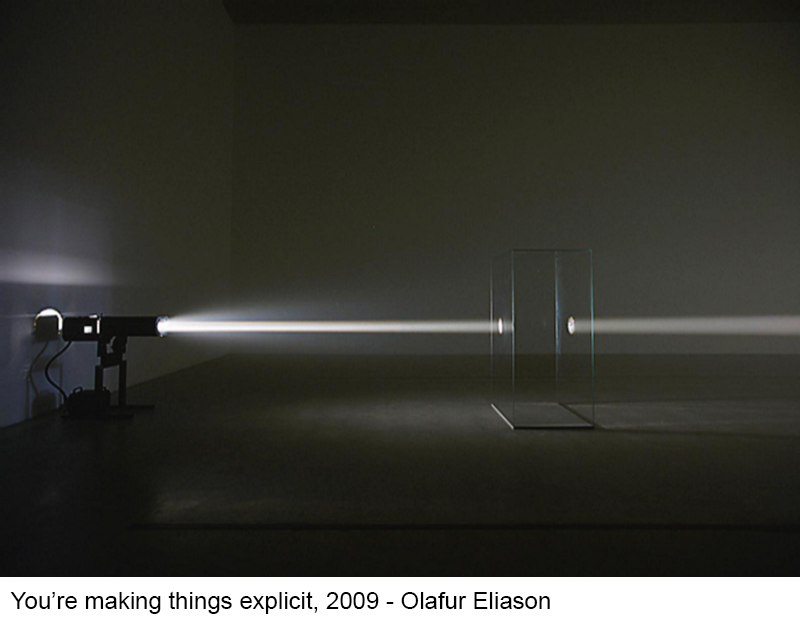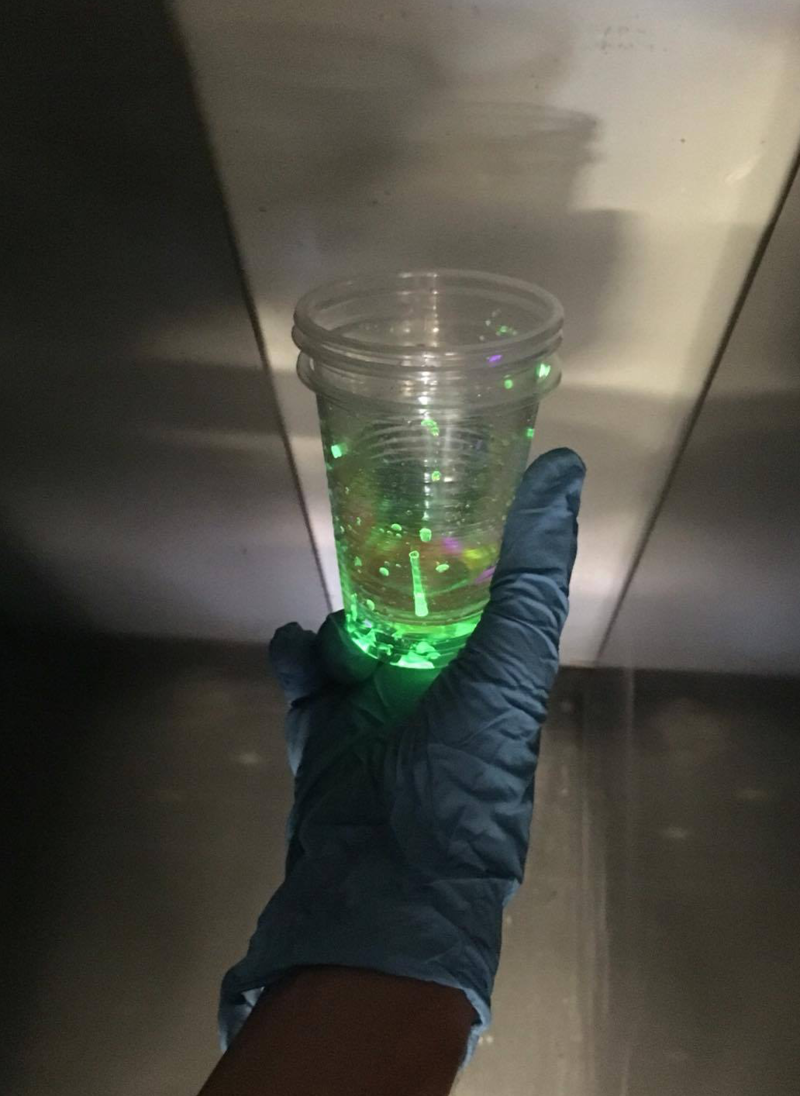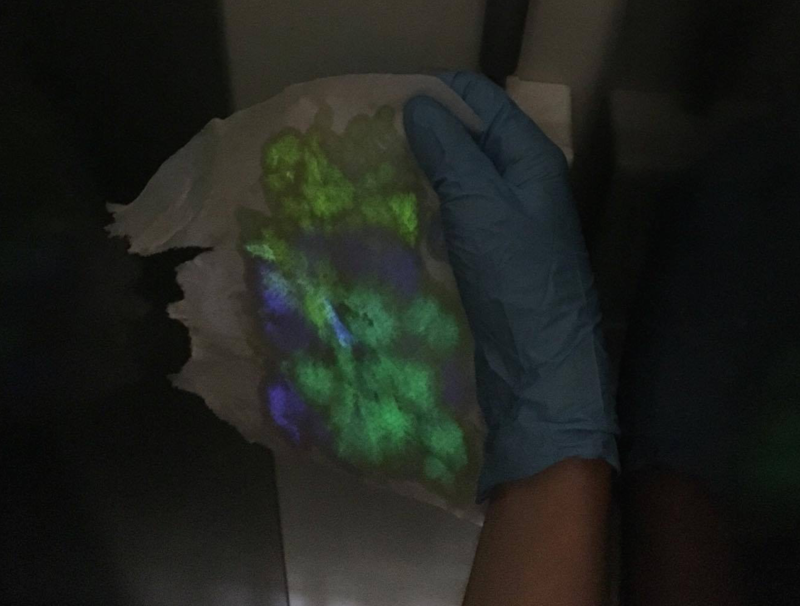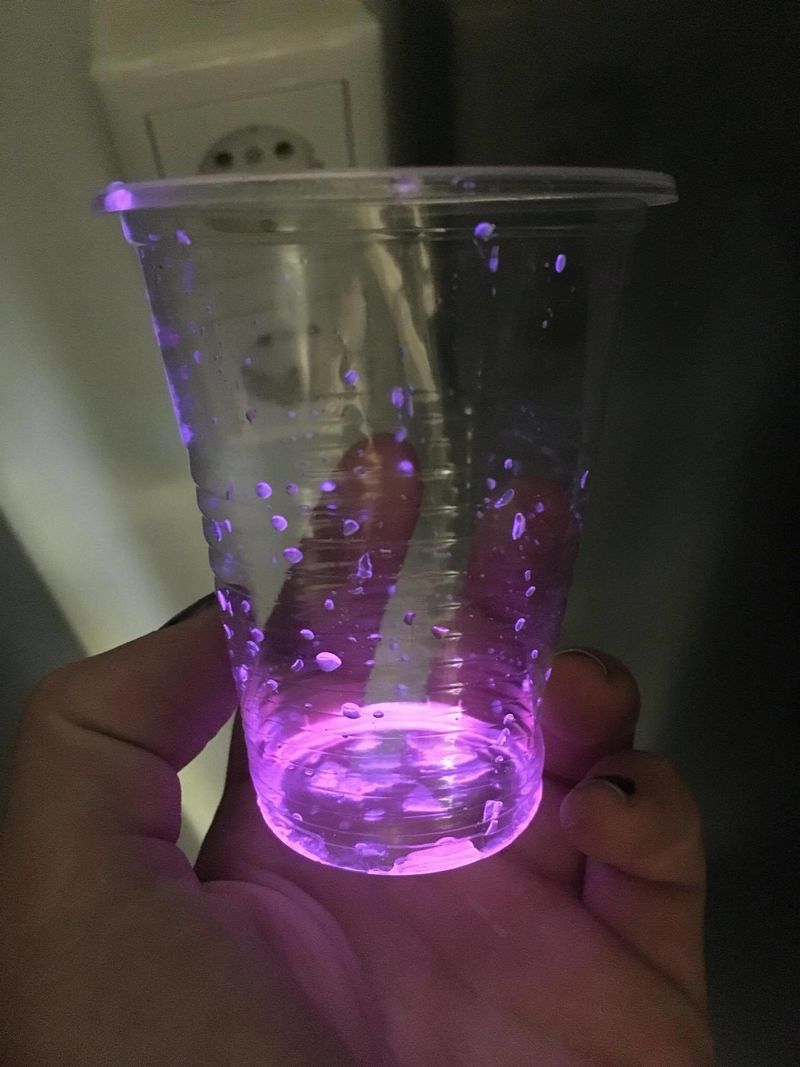Difference between revisions of "User:Meikebrand/UTC/drie"
Meikebrand (talk | contribs) |
Meikebrand (talk | contribs) |
||
| (10 intermediate revisions by the same user not shown) | |||
| Line 7: | Line 7: | ||
Olafur Eliasson "Notion motion" | Olafur Eliasson "Notion motion" | ||
| + | |||
| + | __ | ||
| + | |||
| + | <b>COLORED SHADOWS</b> | ||
| + | |||
| + | https://i.ytimg.com/vi/ksS-FJ3B8Og/maxresdefault.jpg | ||
| + | |||
| + | Shadows are also colored in the absence of white light. The only time when a shadow is exclusively shades of gray is under a single color of light. Illuminate a room with a red light, and the shadows are exclusively gray. Illuminate the shadows with a white light, and the shadows are green. Where both lights are blocked, or in other words where the shadows intersect, they are gray. Away from the intersection, where the red light is blocked the shadows are green and where the white light is blocked the shadows are red. In other words, light colors shadows or brightens them, according to the complementary color of the light blocked to cast the shadow. In the case of white and red lights, the complement of white is red; with white and green lights, the complement of white is green. In the absence of white light, colored lights blocked by an opaque surface cast shadows in the colors complementary to the lights blocked. For green light, red shadows; blue, orange; yellow, purple; intermediate light, intermediate shadows. In the absence of multiple light sources, colored lights illuminate spaces where other lights are not blocked. The red shadow cast by blocking white light in the above example, is not a shadow with the white light off, but it is illuminated in red. | ||
| + | |||
| + | __ | ||
| Line 28: | Line 38: | ||
[[File:14408062_10211046259140342_1235937911_o.jpg|800px]] | [[File:14408062_10211046259140342_1235937911_o.jpg|800px]] | ||
| − | |||
| − | |||
| − | |||
| − | + | __ | |
| Line 48: | Line 55: | ||
https://laughingsquid.com/isotopes-interactive-audiovisual-installation-surrounds-participants-with-walls-of-light/ | https://laughingsquid.com/isotopes-interactive-audiovisual-installation-surrounds-participants-with-walls-of-light/ | ||
| + | |||
| + | |||
| + | __ | ||
| Line 57: | Line 67: | ||
Projecteren op vitrage | Projecteren op vitrage | ||
| + | |||
| + | |||
| + | __ | ||
| + | |||
| + | |||
| + | |||
| + | <b>Alternate spirals in plants occur in Fibonacci numbers. </b> | ||
| + | |||
| + | |||
| + | Here a sunflower seed illustrates this principal as the number of clockwise spirals is 55 (marked in red, with every tenth one in white) and the number of counterclockwise spirals is 89 (marked in green, with every tenth one in white.) | ||
| + | |||
| + | http://www.goldennumber.net/wp-content/uploads/2012/05/sunflower.jpg | ||
| + | |||
| + | Pinecones and pineapples illustrate similar spirals of successive Fibonacci numbers, with the example below showing the alternating pattern of 8 and 13 spirals in a pine cone. | ||
| + | |||
| + | http://www.goldennumber.net/wp-content/uploads/2012/08/pine-cone-fibonacci-spirals.gif | ||
| + | |||
| + | |||
| + | The most common appearances of a Fibonacci numbers in nature are in plants, in the numbers of leaves, the arrangement of leaves around the stem and in the positioning of leaves, sections and seeds. | ||
| + | |||
| + | |||
| + | http://www.goldennumber.net/wp-content/uploads/2012/08/Nautilus-Golden-Ratio-Animation.gif | ||
| + | |||
| + | |||
| + | |||
| + | __ | ||
| + | |||
| + | |||
| + | |||
| + | <b>Stroboscoop</b> | ||
| + | |||
| + | A strobe light or stroboscopic lamp, commonly called a strobe, is a device used to produce regular flashes of light. It is one of a number of devices that can be used as a stroboscope. The word originated from the Greek strobos, meaning "act of whirling." A typical commercial strobe light has a flash energy in the region of 10 to 150 joules, and discharge times as short as a few milliseconds, often resulting in a flash power of several kilowatts. Larger strobe lights can be used in “continuous” mode, producing extremely intense illumination. The light source is commonly a xenon flash lamp, or flashtube, which has a complex spectrum and a color temperature of approximately 5,600 kelvins. To obtain colored light, colored gels may be used. | ||
| + | |||
| + | [[File:Strobe_2.gif|800px]] | ||
| + | |||
| + | |||
| + | <i>A strobe light flashing at the proper period can appear to freeze or reverse cyclical motion. </i> | ||
| + | |||
| + | |||
| + | <b>Strobe water</b> | ||
| + | |||
| + | https://i.ytimg.com/vi/OtxlQTmx1LE/hqdefault.jpg | ||
| + | |||
| + | https://www.youtube.com/watch?v=ZRlNOyxWWf8 | ||
| + | |||
| + | |||
| + | |||
| + | __ | ||
| + | |||
| + | |||
| + | |||
| + | <b>Shapes</b> | ||
| + | |||
| + | http://media.rhizome.org/blog/9066/McKelvie.gif https://media.giphy.com/media/wU91YoH4h4Rck/giphy.gif | ||
| + | |||
| + | https://media.giphy.com/media/sxkeU8GMCiodG/giphy.gif https://media.giphy.com/media/ZbKtoHDvoMWYM/giphy.gif | ||
Latest revision as of 14:55, 27 September 2016
Materialen die geen licht doorlaten
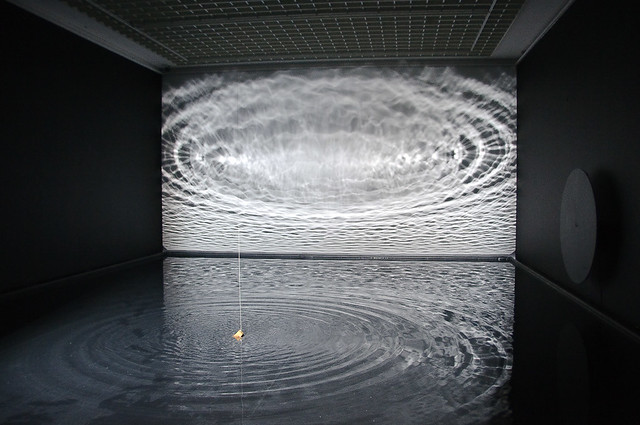
Olafur Eliasson "Notion motion"
__
COLORED SHADOWS

Shadows are also colored in the absence of white light. The only time when a shadow is exclusively shades of gray is under a single color of light. Illuminate a room with a red light, and the shadows are exclusively gray. Illuminate the shadows with a white light, and the shadows are green. Where both lights are blocked, or in other words where the shadows intersect, they are gray. Away from the intersection, where the red light is blocked the shadows are green and where the white light is blocked the shadows are red. In other words, light colors shadows or brightens them, according to the complementary color of the light blocked to cast the shadow. In the case of white and red lights, the complement of white is red; with white and green lights, the complement of white is green. In the absence of white light, colored lights blocked by an opaque surface cast shadows in the colors complementary to the lights blocked. For green light, red shadows; blue, orange; yellow, purple; intermediate light, intermediate shadows. In the absence of multiple light sources, colored lights illuminate spaces where other lights are not blocked. The red shadow cast by blocking white light in the above example, is not a shadow with the white light off, but it is illuminated in red.
__
NEON
Een neonlamp is een onder lage druk met neon (of een ander edelgas) gevulde glazen buis, waarin door een gasontlading licht opgewekt wordt
Door het aanleggen van een hoge spanning tussen de uiteinden van de buis, ontstaat een gasontlading. De gasontlading brengt de elektronen van het gas naar een hoger energieniveau. Bij de spontane terugval van die hogere energietoestand, zendt het gas een voor dat gas karakteristiek zichtbaar licht uit. Het is uitgevonden door de Fransman Georges Claude.
Met het gas neon is op deze wijze een rood-oranje gloed op te wekken. Met andere gassen zijn andere kleuren te verkrijgen:
Helium: goudgeel Krypton: bleekpaars Argon: lichtblauw Xenon: helderpaars
__

Polarized-Light Mosaic With polarized light, you can make a stained glass window without glass. Using transparent tape and polarizing material, you can make and project beautifully colored patterns reminiscent of abstract or geometric stained-glass windows. Rotating the polarizer as you view the patterns makes the colors change. With a little creativity, you can also create colorful renditions of objects or scenes.

http://www.astridkrogh.com/html/exh-12_21_C.html
__
FRESNEL LENS


Projecteren op vitrage
__
Alternate spirals in plants occur in Fibonacci numbers.
Here a sunflower seed illustrates this principal as the number of clockwise spirals is 55 (marked in red, with every tenth one in white) and the number of counterclockwise spirals is 89 (marked in green, with every tenth one in white.)

Pinecones and pineapples illustrate similar spirals of successive Fibonacci numbers, with the example below showing the alternating pattern of 8 and 13 spirals in a pine cone.

The most common appearances of a Fibonacci numbers in nature are in plants, in the numbers of leaves, the arrangement of leaves around the stem and in the positioning of leaves, sections and seeds.
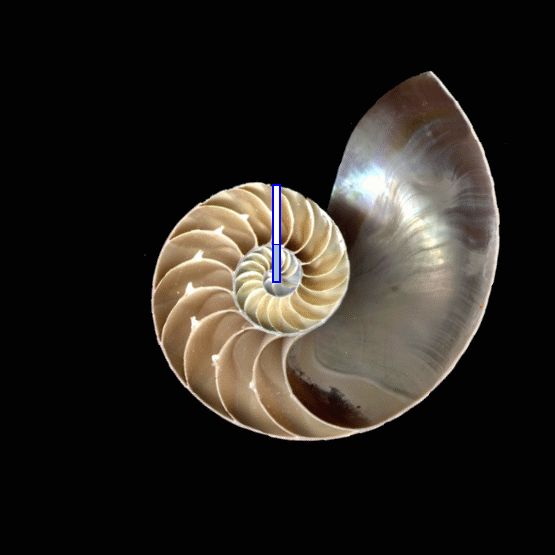
__
Stroboscoop
A strobe light or stroboscopic lamp, commonly called a strobe, is a device used to produce regular flashes of light. It is one of a number of devices that can be used as a stroboscope. The word originated from the Greek strobos, meaning "act of whirling." A typical commercial strobe light has a flash energy in the region of 10 to 150 joules, and discharge times as short as a few milliseconds, often resulting in a flash power of several kilowatts. Larger strobe lights can be used in “continuous” mode, producing extremely intense illumination. The light source is commonly a xenon flash lamp, or flashtube, which has a complex spectrum and a color temperature of approximately 5,600 kelvins. To obtain colored light, colored gels may be used.
A strobe light flashing at the proper period can appear to freeze or reverse cyclical motion.
Strobe water

https://www.youtube.com/watch?v=ZRlNOyxWWf8
__
Shapes
